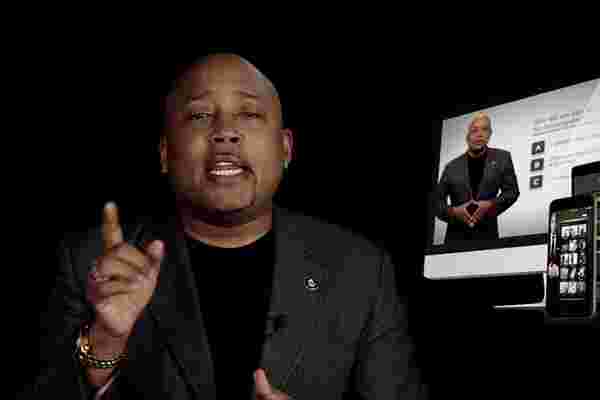How to Build Philanthropy Into Your Budget -- Even If You're Not Google
How to Build Philanthropy Into Your Budget -- Even If You're Not Google

Google has changed the way businesseslook at email, word processingandfile storage. But in addition, the search giant has taken steps to leave its mark on something outside the commercial world, something that can potentially save lives.
That something is philanthropy.Google.org -- the company's nonprofit arm -- donates1 percentof Google's total equity and profits to charity. Recently, moreover, the initiative has furthered its efforts in that sphere by focusing on actions, not justinvestments.
With theGoogle.org Fellowship, employees will be able to spend up to six months offering their full-time expertise to nonprofits. In 2019 alone, Google will deploy between 40 and 60 people to nonprofit offices in numerous cities, offering 50,000 hours of skilled labor in fields like computer engineering, data analysisandartificial intelligence.
58003
Nope, you're not Google; but that's okay.
Even on a smaller scale, the impact of nonprofit pursuits can be immense. At my company, we've focused first on those modest efforts that provide hands-on experience and deepen understanding for our employees. For example, we've implemented a "day of action" that involves employees spending a day at a neighborhood school to plant trees, paintand otherwise beautifythe school grounds.
projects like those build a sense of social responsibility and foster collaboration within your team. But without a clear vision of what will work foryourorganization's long-term philanthropic goals, you won't be able to clearly define end goals and measurable objectives -- an all-too-common trap for many organizations.
In truth, you don't need Google's resources or reach to bring this mindset to your company. You just need to keep these four approaches in mind:
1. Don't run from yourself.
philanthropy is more than throwing cash at random causes. You might make some headway with that approach, but it's not the way to work social responsibility into your business model organically. When plotting a nonprofit journey, look at what your company can do or already does well. Once you’ve determined those strengths, p out how philanthropy fits into that.
Warby parkerandTOMSboth meshed their desire to do good with their core business offerings, to create one-for-one initiatives for eyeglasses and shoes, respectively. Each company's philanthropy model shows that it isn't always necessary for businesses to think outside the box to make a social impact. Sometimes, whatever a company already does well can end up doing good for others.
2. Grow your efforts from the ground.
philanthropic causes often involve work in far-flung areas. And because you (usually) can't move your company to the community you're serving, you need to find ways to connect with organizations that are embedded in those communities.
The University of Chicago employed this strategy bypartnering with India-based Tata Truststo address health, water sanitationandenergy issues in that East Asian nation. With the university's research prowess and Tata Trusts’s ground-level access and innovative approach to intervention, the union has allowed policymakers, academics, studentsandpractitioners to make a difference in ways they otherwise could not.
These kinds of ground-level partnerships can be invaluable. They smooth out the lines of communication, iron out logistics and generally enable your work to take root -- no matter how far removed you might be.
3. Lock arms for longer reach.
If you work alone in your philanthropic endeavors, your potential impact is only as deep as your own expertise and resources. For greater reach, it's critical to leverage strategicpartnershipswith others. Look for mutually beneficial relationships that can stimulate long-term results.
5800358003 Collaborations like this make our mission to help the underserved possible. partnerships also can lessen the financial and operational load a smaller company must carry with a nonprofit endeavor.
4. Capture hearts by getting your hands dirty.
Amid the busy nature of day-to-day operations, it can be tempting to outsource your corporate social responsiblity (CSR) work. But when you take a hands-off approach, you miss an opportunity to get your employees involved in the effort. Nothing can capture your team members' hearts for the mission like getting their hands dirty.
This need not involve sending employees overseas on a project, either. Computing company AMD recruits "Green Teams" among its staff to reduce cafeteria waste, save on energy consumption and curb water misuse across its own company. This internal effort allows employees to see the fruits of their labor and feel a sense of ownership in their corporate philanthropy -- and AMD doesn’t have to break the bank to do it.
If Google's moves are any indication, corporate philanthropy initiatives increasingly are calling for these hands-on efforts. 好消息是什么? You don't have to be Google to make a difference. You just have to be willing, able and patient enough to find the approach that works for your company.















